
Inspira – (Spanish)
$16.00
“La cultura, no la vision o la estrategia, es el factor mas poderoso en cualquier organizacion. Ella determina la receptividad del personal y de los voluntarios a nuevas ideas, desata o inhibe la creatividad, construye o erosiona el entusiasmo, y crea un sentido de orgullo y profundo desaliento sobre trabajar o involucrarse. Finalmente, la cultura de una organizacion, particularmente en iglesias y organizaciones sin fines de lucro, pero tambien en cualquier organizacion, moldea la moral individual, el trabajo de equipo, la efectividad y los resultados.” — del capitulo uno
Con frecuencia, los lideres organizacionales confunden la cultura con la vision y la estrategia, pero son muy diferentes. La vision y la estrategia usualmente se enfocan en productos, servicios y resultados, pero la cultura es sobre las personas, el activo mas valioso de la organizacion. Inspira, Como crear una cultura organizacional poderosa lleva a descubrir los deficits en una culta organizacional e incluye los pasos necesarios para evaluar, corregir y cambiar la cultura organizacional deslucida a una vibrante e inspiracional, para que verdaderamente llene las necesidades de la organizacion. El prominente consultor de liderazgo Sam Chand describe las cinco categorias facilmente identificables de la cultura organizacional (Inspiradora, Aceptadora, Estancada, Desalentadora y Toxica), e incluye metodos diagnosticos que los lideres pueden usar para la identificar las fortalezas particulares y las necesidades de su cultura organizacional. Para ayudar en este proceso, tambien, hay una herramienta de evaluacion separada, gratuita, en linea (www.samchandculturesurvey.com). Cuando la cultura de la organizacion esta claramente identificada, los lideres pueden establecer una estrategia para aplicar las siete claves de la Cultura (control, Entendimiento, Liderazgo, Confianza, Sin temor, Responsiva y Ejecucion) que hara de su cultura una que estimule a las personas a ser y hacer lo mejor, y finalmente alcanzar sus metas mas altas.
“Culture–not vision or strategy–is the most powerful factor in any organization. It determines the receptivity of staff and volunteers to new ideas, unleashes or dampens creativity, builds or erodes enthusiasm, and creates a sense of pride or deep discouragement about working or being involved there. Ultimately, the culture of an organization–particularly in churches and nonprofit organizations, but also in any organization–shapes individual morale, teamwork, e
in stock within 3-5 days of online purchase
SKU (ISBN): 9781641231046
ISBN10: 1641231041
Language: Spanish
Samuel Chand
Binding: Trade Paper
Published: September 2018
Publisher: Whitaker House Publishers
Related products
-
Harnessing The Power Of Tension
$24.99Add to cartThe word tension comes from the Latin word tendere, which means “to stretch.” It’s not a bad thing to be stretched in our careers, our parenting, our ministries, or our leadership. Without tension, we become stagnant and stop growing. In fact, we might even say that tension is both inevitable and, in many cases, desirable in life and leadership.
In Harnessing the Power of Tension: Stretched but Not Broken, international leadership consultant Sam Chand examines tension as it arises in and between the arenas of business, church, and family. The presence of tension isn’t a flaw in you or a threat from others. It’s not a problem to solve, but a strain to be used. When you develop this perspective and you encounter tension, you’ll be less confused and feel less guilty because you understand that tension isn’t the result of your error or flaw. You’ll experience less pressure to figure everything out and less compulsion to resolve it quickly and completely.
When we accept tension as a reality of life, we gain confidence and mental clarity when we encounter it. Our focus isn’t on getting rid of tension, but using it to create something better than before. We don’t walk on eggshells, afraid to say the wrong thing. We learn when to speak up, when to ask questions, when to listen, and when to let things go. As we relax in the middle of tension, we see people and situations more clearly, and we invite our families and teams into the process of creatively using tension in life and leadership.
-
Running With Joy
$18.99Add to cartUnleash your potential and learn how to activate your own special talents so you can run with joy!
Executive and talent coach Robb Hiller wants to lift your spirits, help you find your passion, and come alongside you as you discover your natural, God-given talents. In his newest book, Running with Joy, Robb shares the inspiration he’s found in his dog, Bentley, and how his lovable Labrador naturally runs on joy. Through heartwarming stories about Bentley, Robb Hiller will help you learn how to run on instinct, use your natural talents, and lean into the happiness that has been yours all along. A total of five key principles can guide you toward a joy-filled life so that you, in turn, can guide others.
Once you finish Running with Joy, you will have learned important lessons that will uncomplicate your business and personal life so that you can achieve greater success and live with enthusiasm and contentment every day.
-
New Thinking New Future
$24.99Add to cart“Our thought processes are so familiar, so ingrained, that we can’t imagine thinking a new way. It’s like our minds are running antiquated software that’s slow, with lots of glitches, and is unproductive, but it’s all we’ve ever known. We need to upgrade the software in our heads!”–Sam Chand
Some people thought they made Sam Chand “an offer he couldn’t refuse” when they invited him to speak at a two-day event overseas. After all, they were paying for first-class travel and accommodations for both Chand and his wife, plus throwing in a generous honorarium. But he didn’t jump at the opportunity. Chand was only interested in “the long-term, existential impact” on attendees. He asked, “Will every activity give me the opportunity to influence influencers? And can I be part of a leadership journey instead of just a leadership event?”
Rather than monetary gain, Chand was interested in building relationships. He was thinking in a different way than they were.Chand notes that our perceptions and thinking patterns determine our emotions, values, and beliefs, influencing how we respond to people and events. Sometimes, we are not even aware of the reasons behind what we say and do because our responses may be ingrained from childhood.
But Chand believes all of us can have New Thinking for a New Future. He has set out to help people move beyond specific goals and consider objectives and key results, challenge themselves, ask crucial questions, and “upgrade the software” in their heads. Through this book, Chand hopes to help others “think more deeply, more clearly, and more productively than ever before.”
-
Culture Catalyst : Seven Strategies To Bring Positive Change To Your Organi
$24.99Add to cartCulture Catalyst: Seven Strategies to Bring Positive Change to Your Organization
“Culture–not vision or strategy–is the most powerful factor in any organization. It determines the receptivity of staff and volunteers to new ideas, unleashes or dampens creativity, builds or erodes enthusiasm, and creates a sense of pride or deep discouragement about working or being involved there. Ultimately, the culture of an organization–particularly in churches and nonprofit organizations, but also in any organization–shapes individual morale, teamwork, effectiveness, and outcomes.” -from Chapter One
Often, organizational leaders confuse culture with vision and strategy, but they are very different. Vision and strategy usually focus on products, services, and outcomes, but culture is about the people–an organization’s most valuable asset. Culture Catalyst: Seven Strategies to Bring Positive Change to Your Organization offers a practical resource for discovering the deficits in an existing organization’s culture, and includes the steps needed to assess, correct, and change culture from lackluster to vibrant and inspirational, so that it truly meets the needs of the organization.
Prominent leadership consultant Sam Chand describes the five easily identifiable categories of organizational culture (Inspiring, Accepting, Stagnant, Discouraging, and Toxic), and includes diagnostic methods that leaders can use to identify the particular strengths and needs of their organization’s culture. To help in this process, there is also a separate, free, online assessment tool (www.samchandculturesurvey.com).
Once an organization’s culture is clearly identified, leaders can put in place a strategy for applying the seven keys of CULTURE (Control, Understanding, Leadership, Trust, Unafraid, Responsive, and Execution) that will make their culture one that stimulates people to be and do their very best and ultimately reach their highest goals.

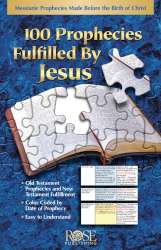 100 Prophecies Fulfilled By Jesus Pamphlet
100 Prophecies Fulfilled By Jesus Pamphlet
 Diamond Dotz Holy Cross
Diamond Dotz Holy Cross
 Christ As Fisher Man (Figurine)
Christ As Fisher Man (Figurine)
 Songs Of Angels 2
Songs Of Angels 2
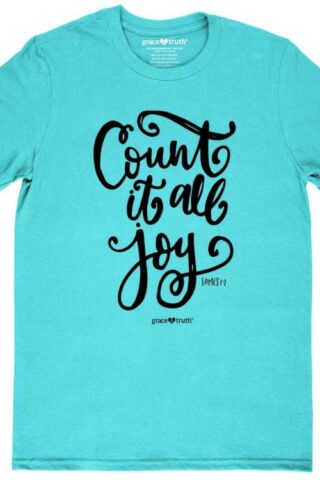 Grace And Truth Count It All Joy (XL T-Shirt)
Grace And Truth Count It All Joy (XL T-Shirt)
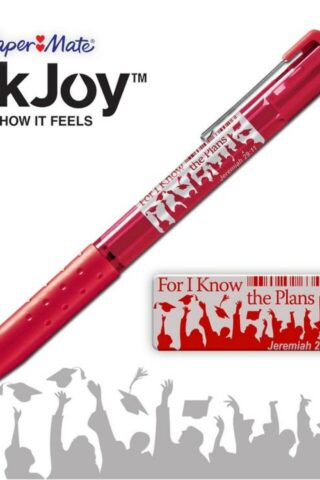 Paper Mate InkJoy Graduation Pen
Paper Mate InkJoy Graduation Pen
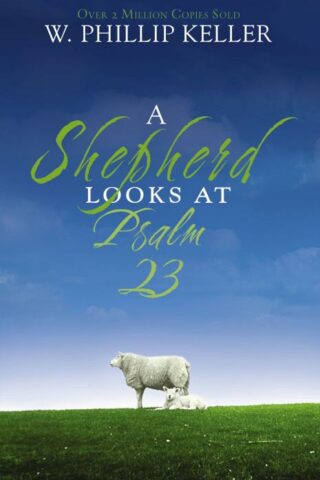 Shepherd Looks At Psalm 23
Shepherd Looks At Psalm 23
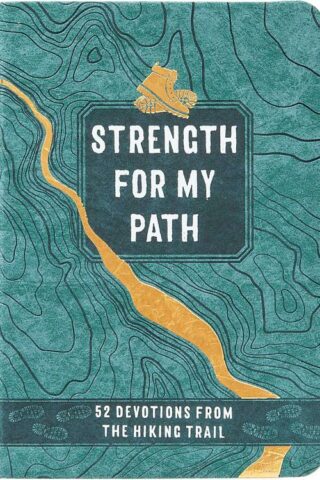 Strength For My Path
Strength For My Path
 Blueberries And Cream Hard Candy Roll 9 Count
Blueberries And Cream Hard Candy Roll 9 Count
 Thinline Bible Compact Comfort Print
Thinline Bible Compact Comfort Print
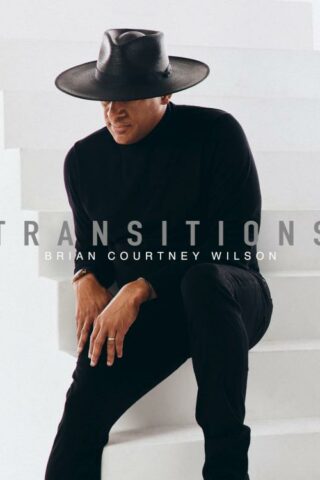 Transitions Live
Transitions Live
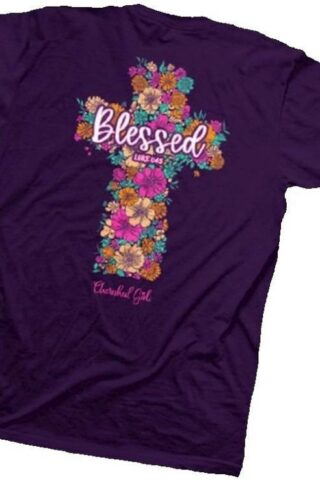 Cherished Girl Floral Cross (Medium T-Shirt)
Cherished Girl Floral Cross (Medium T-Shirt)
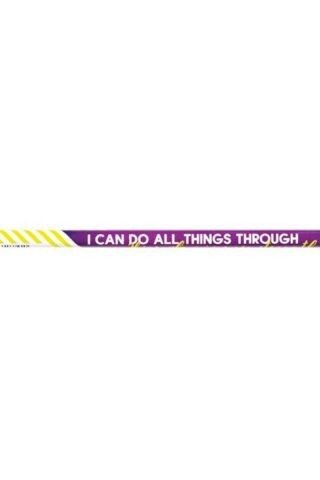 Philippians 4:13 Pencil
Philippians 4:13 Pencil
 Readers Bible
Readers Bible
 Wooden Wall Cross With Burlap Flower
Wooden Wall Cross With Burlap Flower
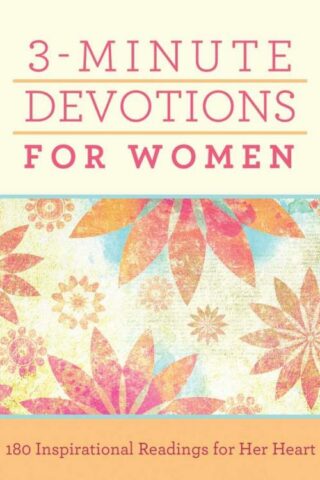 3 Minute Devotions For Women
3 Minute Devotions For Women
 Premium Gift Bible Comfort Print
Premium Gift Bible Comfort Print
 Large Print Premium Value Thinline Bible Filament Enabled Edition
Large Print Premium Value Thinline Bible Filament Enabled Edition
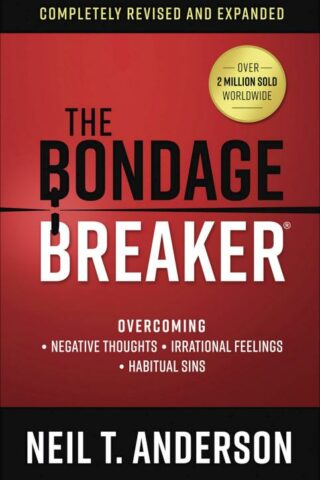 Bondage Breaker : Overcoming Negative Thoughts Irrational Feelings Habitual (Exp
Bondage Breaker : Overcoming Negative Thoughts Irrational Feelings Habitual (Exp
 Personal Size Bible With Cross References Sovereign Collection
Personal Size Bible With Cross References Sovereign Collection
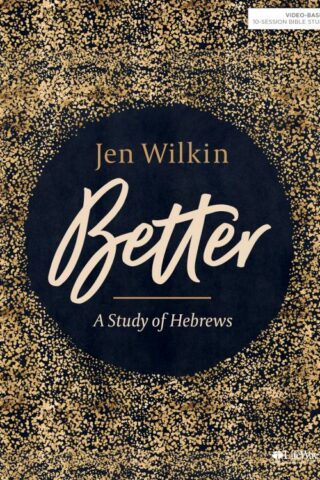 Better Bible Study Book (Student/Study Guide)
Better Bible Study Book (Student/Study Guide)
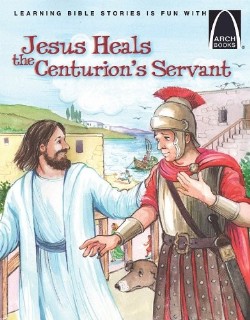 Jesus Heals The Centurions Servant
Jesus Heals The Centurions Servant
 It Is Well With My Soul Word Block
It Is Well With My Soul Word Block
 Uni Sex 3 Pack Reading Glasses For Dummies
Uni Sex 3 Pack Reading Glasses For Dummies
 Compact Center Column Reference Comfort Print
Compact Center Column Reference Comfort Print
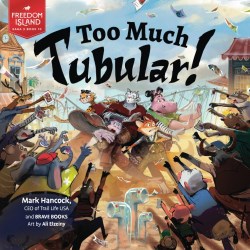 Too Much Tubular
Too Much Tubular
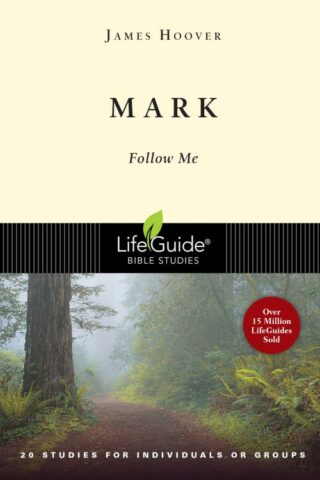 Mark : Follow Me (Student/Study Guide)
Mark : Follow Me (Student/Study Guide)
 Student Bible Personal Size Comfort Print
Student Bible Personal Size Comfort Print
 2000 Stickers Busy Farm
2000 Stickers Busy Farm
 Wooden Bake And Decorate Cupcake Set
Wooden Bake And Decorate Cupcake Set
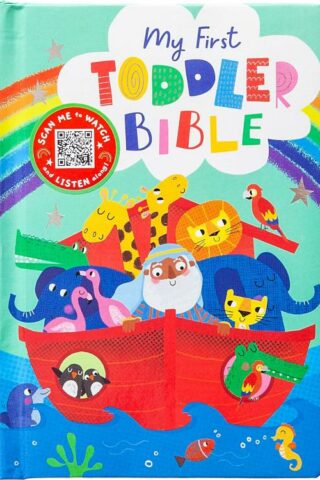 My First Toddler Bible
My First Toddler Bible
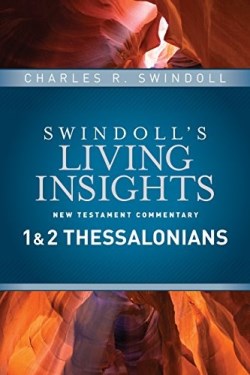 Insights On 1 And 2 Thessalonians
Insights On 1 And 2 Thessalonians
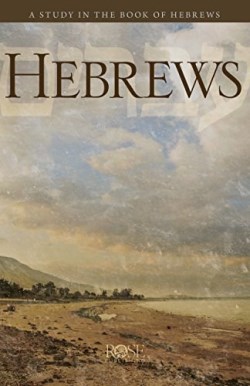 Hebrews Pamphlet : A Study In The Book Of Hebrews
Hebrews Pamphlet : A Study In The Book Of Hebrews
 Chasing The Horizon
Chasing The Horizon
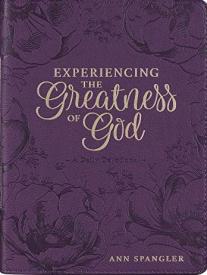 Experiencing The Greatness Of God
Experiencing The Greatness Of God
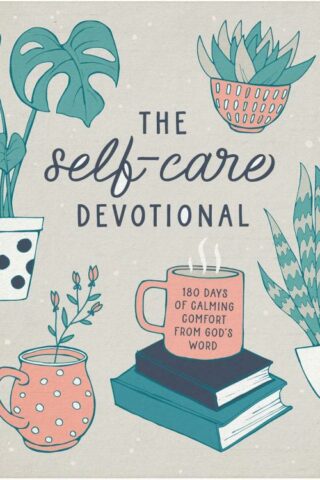 Self Care Devotional
Self Care Devotional
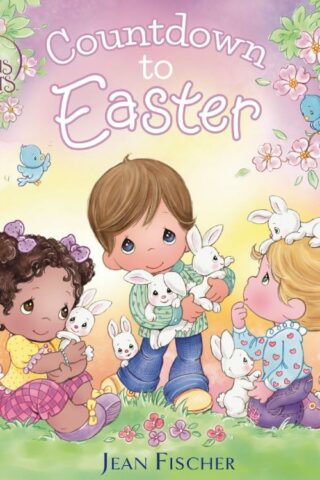 Precious Moments : Countdown To Easter
Precious Moments : Countdown To Easter
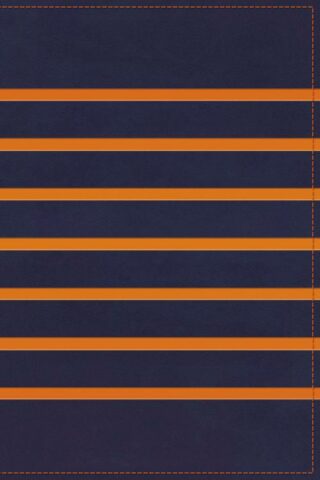 Gift Bible
Gift Bible
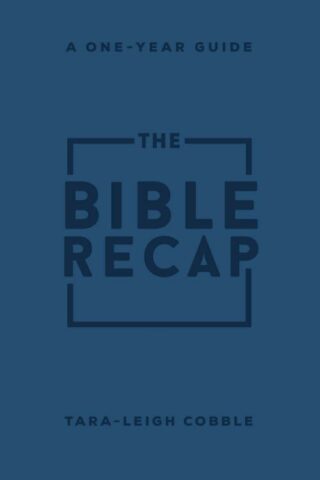 Bible Recap : A One-Year Guide To Reading And Understanding The Entire Bibl
Bible Recap : A One-Year Guide To Reading And Understanding The Entire Bibl
 Prayer Bible Comfort Print
Prayer Bible Comfort Print
 Be Heroic Minor Prophets
Be Heroic Minor Prophets
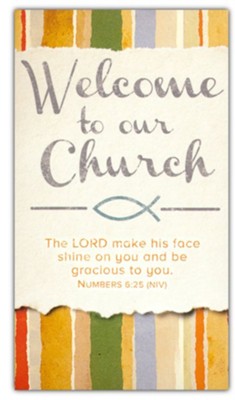 Welcome To Our Church Numbers 6:25 NIV
Welcome To Our Church Numbers 6:25 NIV
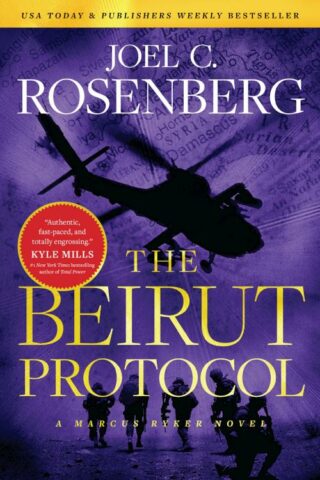 Beirut Protocol
Beirut Protocol
 Her Mothers Hope
Her Mothers Hope
 Paws And Pray Pet Collapsible Bowl
Paws And Pray Pet Collapsible Bowl
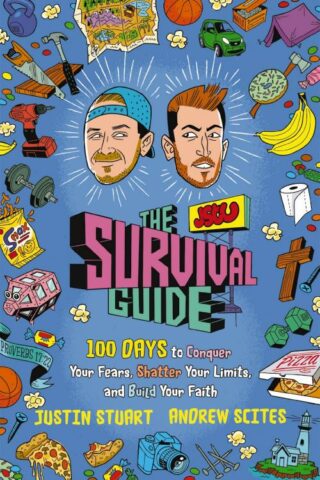 JStu Survival Guide
JStu Survival Guide
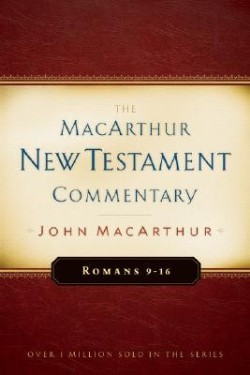 Romans 9-16
Romans 9-16
 Kerusso Kids Rise And Shine (Medium T-Shirt)
Kerusso Kids Rise And Shine (Medium T-Shirt)
 What A Wave Must Be
What A Wave Must Be
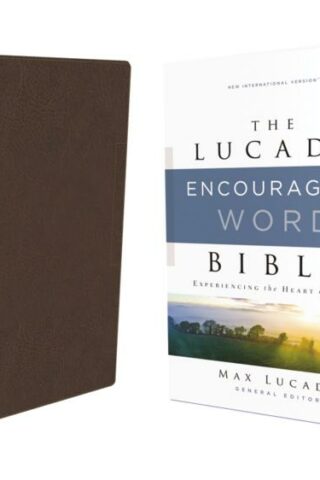 Lucado Encouraging Word Bible Comfort Print
Lucado Encouraging Word Bible Comfort Print
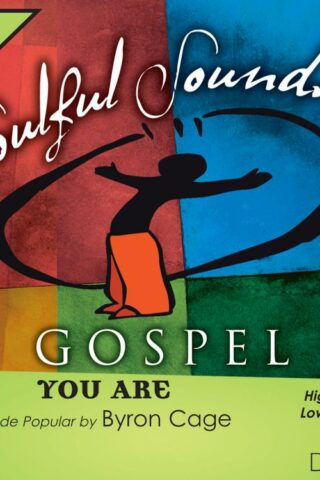 You Are
You Are
 Live Breathe Fight
Live Breathe Fight
 Christmas Story Pamphlet
Christmas Story Pamphlet
 In Our Hands The Battle For Jerusalem (DVD)
In Our Hands The Battle For Jerusalem (DVD)
 Bible With Creeds And Confessions
Bible With Creeds And Confessions
 For God So Loved The World Handy Journal John 3:16
For God So Loved The World Handy Journal John 3:16
 Study Bible Fully Revised Edition Large Print Comfort Print
Study Bible Fully Revised Edition Large Print Comfort Print
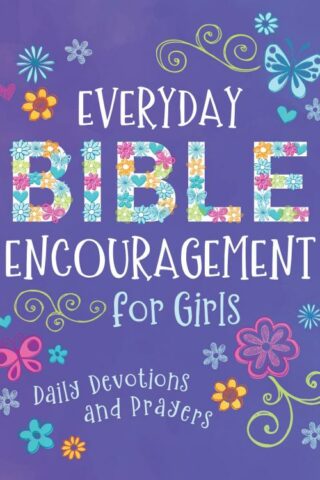 Everyday Bible Encouragement For Girls
Everyday Bible Encouragement For Girls
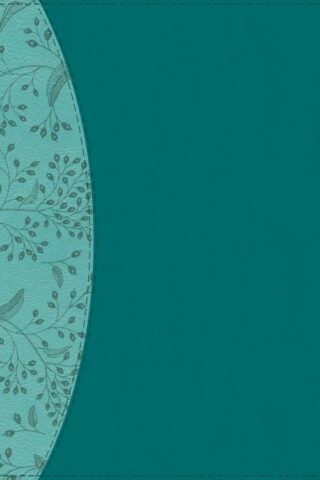 Beautiful Word Bible Updated Edition With Peel And Stick Bible Tabs Comfort
Beautiful Word Bible Updated Edition With Peel And Stick Bible Tabs Comfort
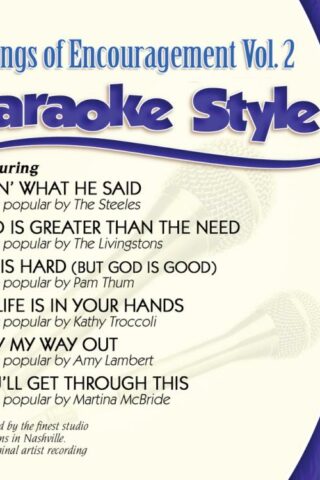 Songs Of Encouragement 2
Songs Of Encouragement 2
 Holy Bible Anne Neilson Angel Art Series
Holy Bible Anne Neilson Angel Art Series
 Study Bible Fully Revised Edition Comfort Print
Study Bible Fully Revised Edition Comfort Print
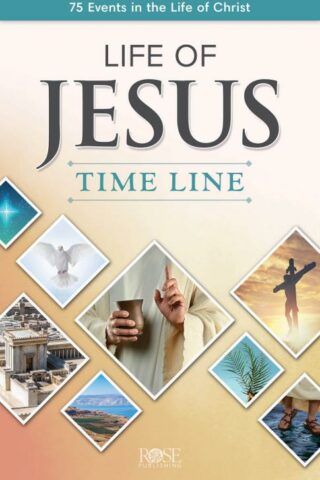 Life Of Jesus Time Line Pamphlet
Life Of Jesus Time Line Pamphlet
 Wind The Road And The Way
Wind The Road And The Way
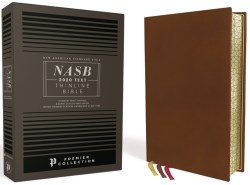 Thinline Bible Premier Collection
Thinline Bible Premier Collection
 Bless This Kitchen Wall Utensil Holder With 5 Hooks
Bless This Kitchen Wall Utensil Holder With 5 Hooks
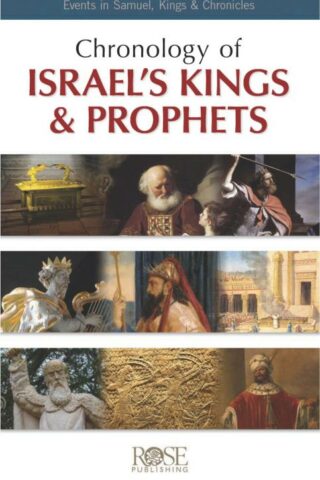 Chronology Of Israels Kings And Prophets Pamphlet
Chronology Of Israels Kings And Prophets Pamphlet
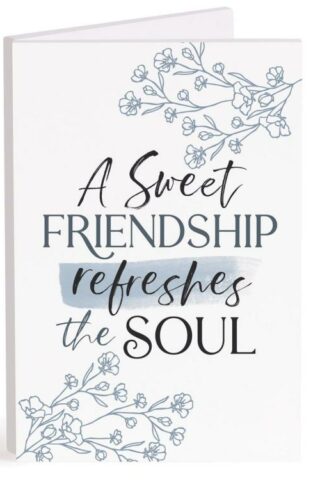 Sweet Friendship Refreshes The Soul Keepsake Card
Sweet Friendship Refreshes The Soul Keepsake Card
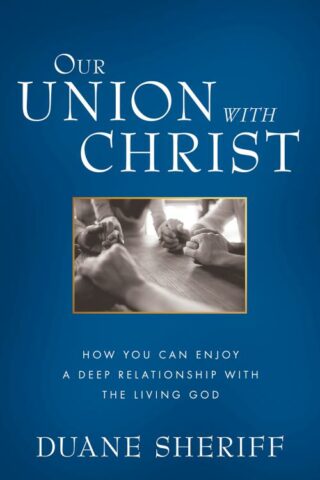
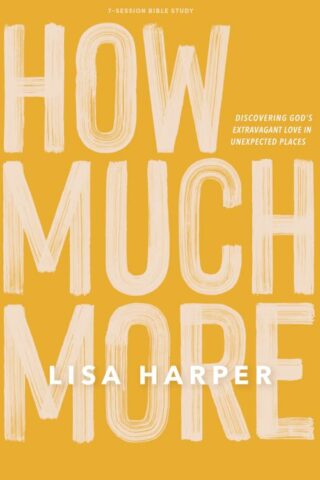

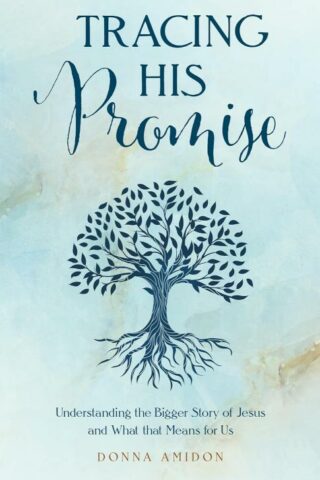



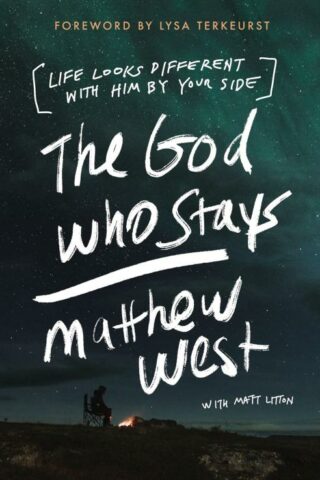
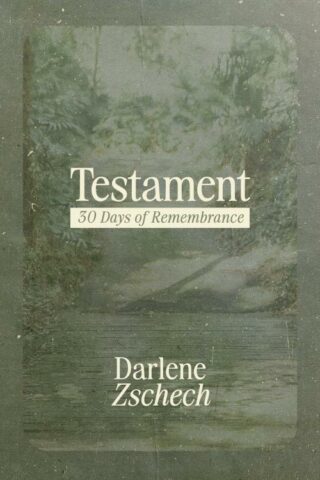
Reviews
There are no reviews yet.